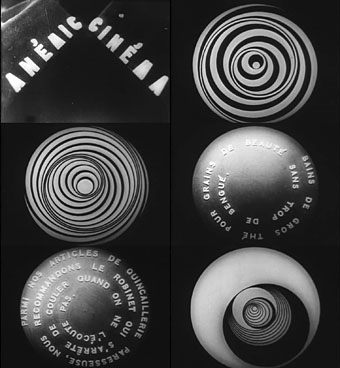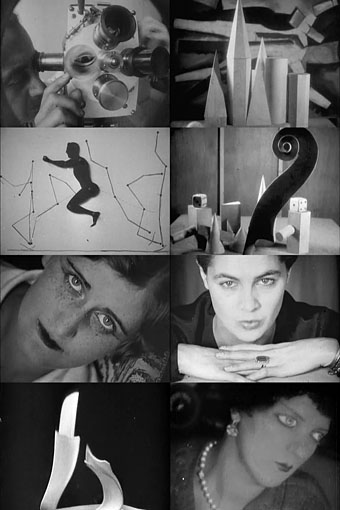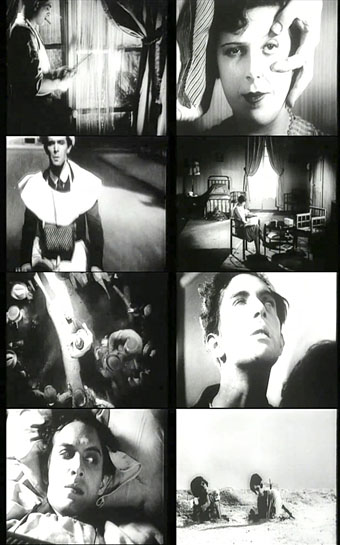The Paris of 1925 seen through the camera of actor, director, screenwriter and brother of René Clair, Henri Chomette. Jeux des reflets et de la vitesse is one of Chomette’s earliest films, made before he graduated to features, and while it may be experimental in style it’s not at all amateurish. Many experimental films of the silent era are little more than arty home movies, filled with brief shots, abrupt edits and amateur theatrics. Chomette’s film is much more controlled, two minutes of abstraction created by mirrors and glass objects followed by a rapid journey through the Paris Métro then along the river Seine. The Métro journey features a couple of very skillful edits, like the moment when the train plunges down another tunnel to emerge in the middle of the river. Run this with a prestissimo score by Philip Glass and you’d have a French precursor to Godfrey Reggio’s Koyaanisqatsi.
Previously on { feuilleton }
• Paris Qui Dort by René Clair
• Entr’acte by René Clair






